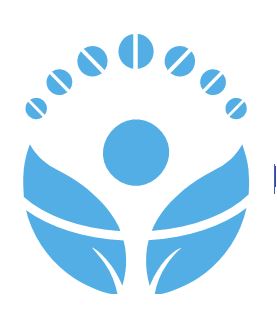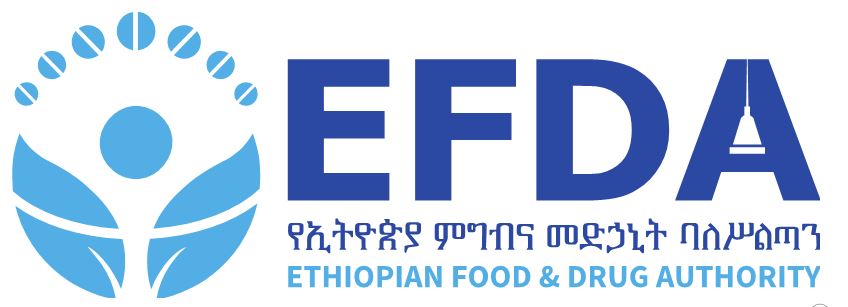The history of drug abuse is as old as the history of mankind. Since ancient times,. human beings have been using the different parts of plants (roots, leaves, stems, etc…) as medicine for relieving different health conditions and also as mediators in different religious and cultural ceremonies. Later on people have come to realize that the use of certain plants produce addiction, dependence and misconduct when they are abused since many years ago. Yet, until the 1950s drug abuse was uncommon phenomenon. It was a faceless, underground problem that didn’t produce much media attention and an industry that didn’t generate the exceedingly large profits seen today. Modernization and expansion of transportation and communication systems, especially the era of globalization have paved the way for proliferation of trade among peoples of different nations that has also facilitated for the migration of people from place to place along with their tradition and beliefs. Plants and drugs that were formerly of local significance have become familiar and available in other parts of the world. Today, there is an estimated 190 million drug users around the globe, which accounts of 3.1% of the world population or 4.3% of the population aged 15 and above. While the majority of illegal drugs are consumed in industrialized nations, drug addiction is no longer the rich nation’s problem or the poor nation’s affliction. It crosses national, ethnic, religious class and gender lines. Addicts range from the homeless to white-collar professionals, college students, sex workers, rural farmers and street children. Drug abuse by an individual or by a group of people is rarely caused by a single factor. Instead, the interplay between a multitude of individual, social, and environmental conditions and factors that put an individual at risk of abusing drugs is constantly changing and varies from community to community and from individual to individual.
- Home
- About Us
- News and Events
- Services
- Publications
- Directorates
- Director General
- Medicine Sector Deputy Director General
- Food Sector Deputy Director General
- Medical Device Sector Deputy Director General
- Chief Executive Officer
- Basic Service Executive Officer
- Competence & Human Resource Management Executive Officer
- Information & Technology Executive Officer
- Organizational Change Management Executive Officer
- Procurement & Finance Executive Officer
- Strategic Affair Executive Officer
- Women & Inclusive Social Affair Executive Officer
- Branch Office Head
- COVID19
- Public Information
- Announcement
- Contact
NPS List and report format
You are here:
- Home
- Publication
- NPS List and report format



